Overview
The system ist a very simple CPU using an Accu register like CPUs in the 80s. All mathematical operations are using the Accu, also all store / load operations. And, because it is a "High Performance" relay system, the program counter has its own adder which is only able to add 1 to the program counter.
Here you see an actual picture of the complete system:
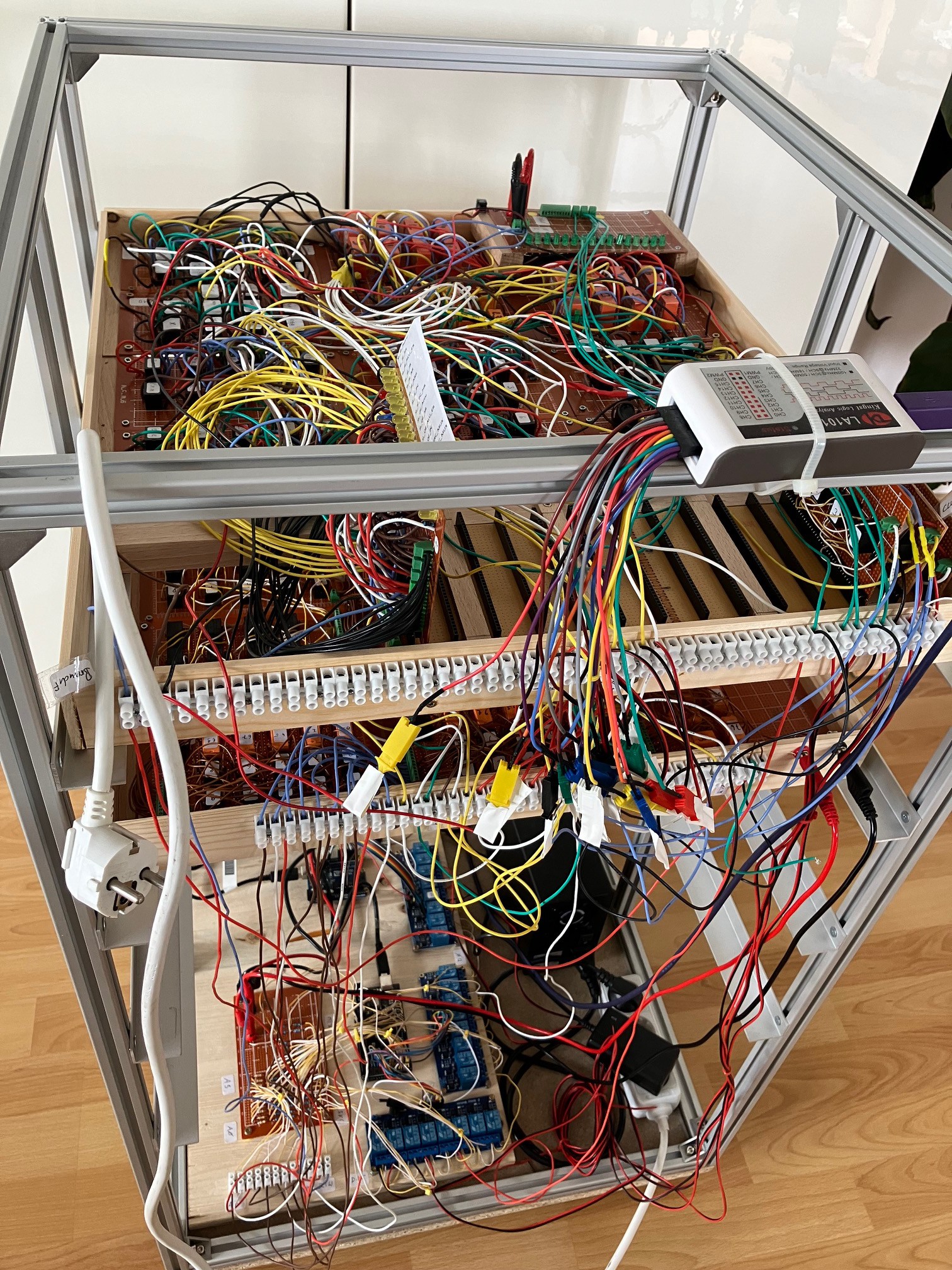
The following diagram shows an overview about the system structure:
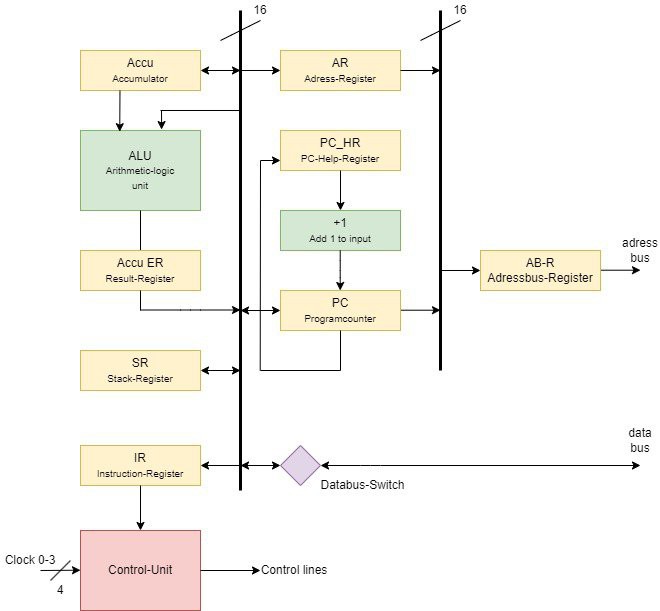
Note: The PC_HR register is necessary, because I can not write the changed PC based on its own value plus 1 direct into the PC...
One detail is important to understand the design of the system: all registers, which are realized by "self retaining" relays, have to be cleared before any information can be stored, also before the stored information can be changed. Thats the reason why the clock of the system is not an ordinary clock as you know it from digital systems. The clock of this system consists of 4 different pulses:
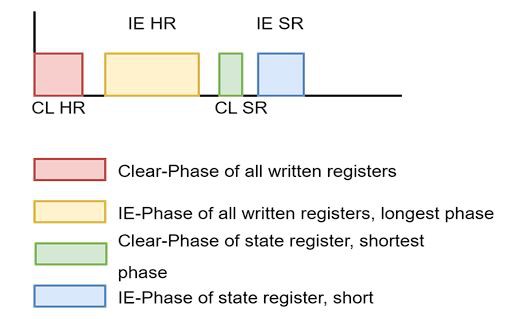
The control unit of the system is using the instruction register and a state register to select the control lines, a control line timing module is setting the Clear, Input-enable and Output-enable control lines based on the clock information.
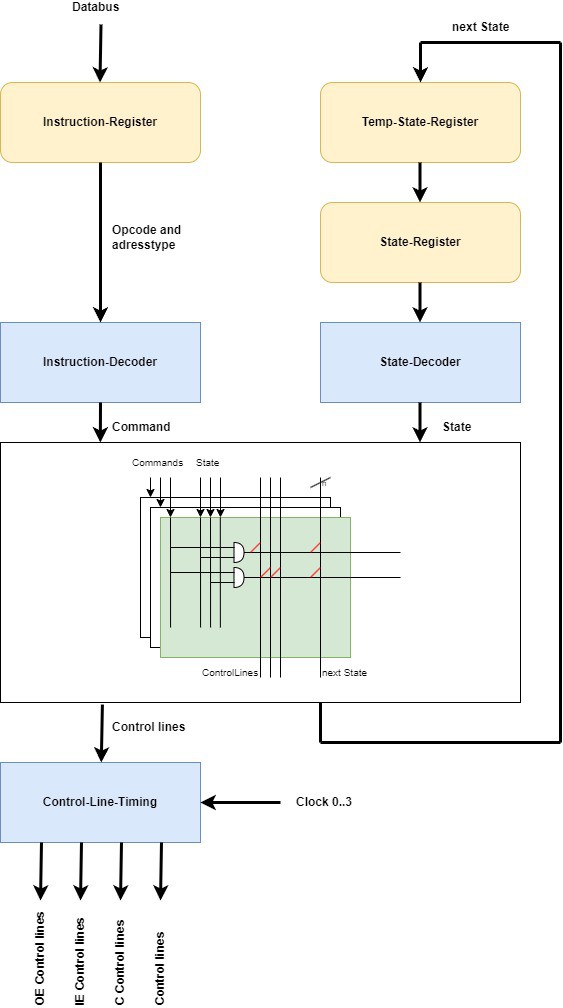
And, of course, there is not only a state register...there is also a second state register which is cleared / loaded during cycles 0 and 1. You see this detail in the structure picture and in the circuit diagram. It is the same principle than I have to use for the program counter.
The following table shows the command set of the CPU:
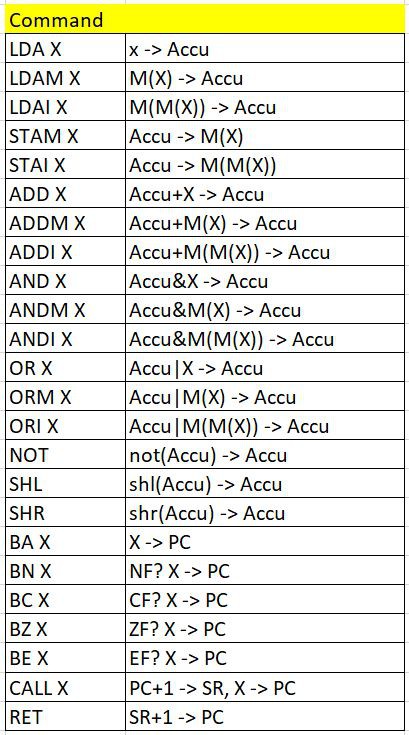
The CPU is able to adress the memory using 3 different adressing modes. a) LD X is loading the Accu with the dataword stored in the adress after the opcode, b) LD M(X) is loading the Accu with the data stored in the memory adress stored after the opcode, and c) LD M(M(X)) is ... yes, indirect adressing. The dataword after the opcode contains the adress where the CPU finds the adress of the dataword that will be stored in the Accu. Is adressing mode c) really necessary? Maybe not. But it makes it easier.
And, as you can see, a CALL / RET set of operations is also avaliable. No, there is no stack realized, only one subroutine level is possible. The return adress is stored in the register SR.
The Simulation using "Logic World"
The following images show the Simulation of the complete system in the game "Logic World". This simulation was used to design the system and to check different design variants.
The relay element:
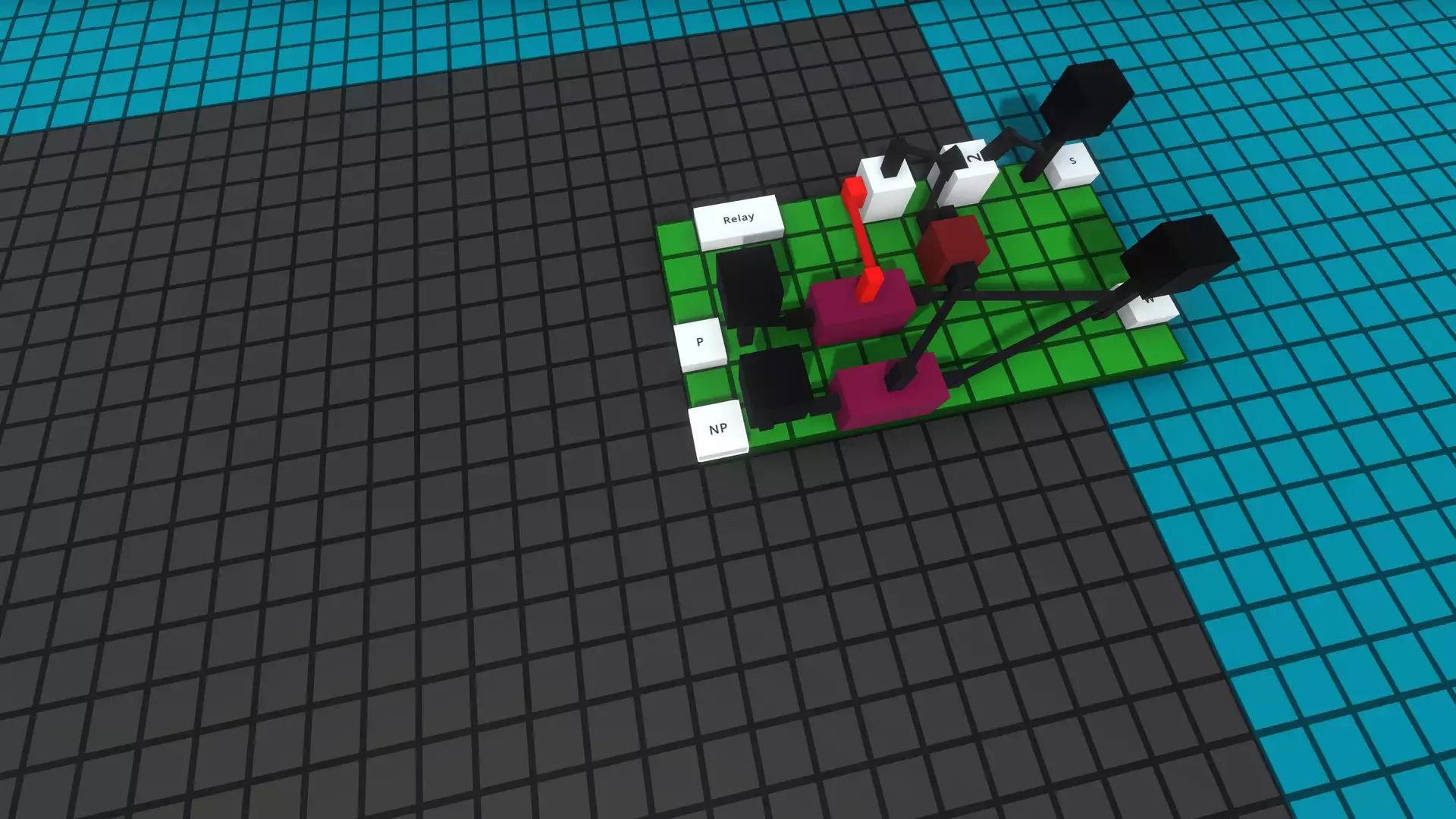
System overview:
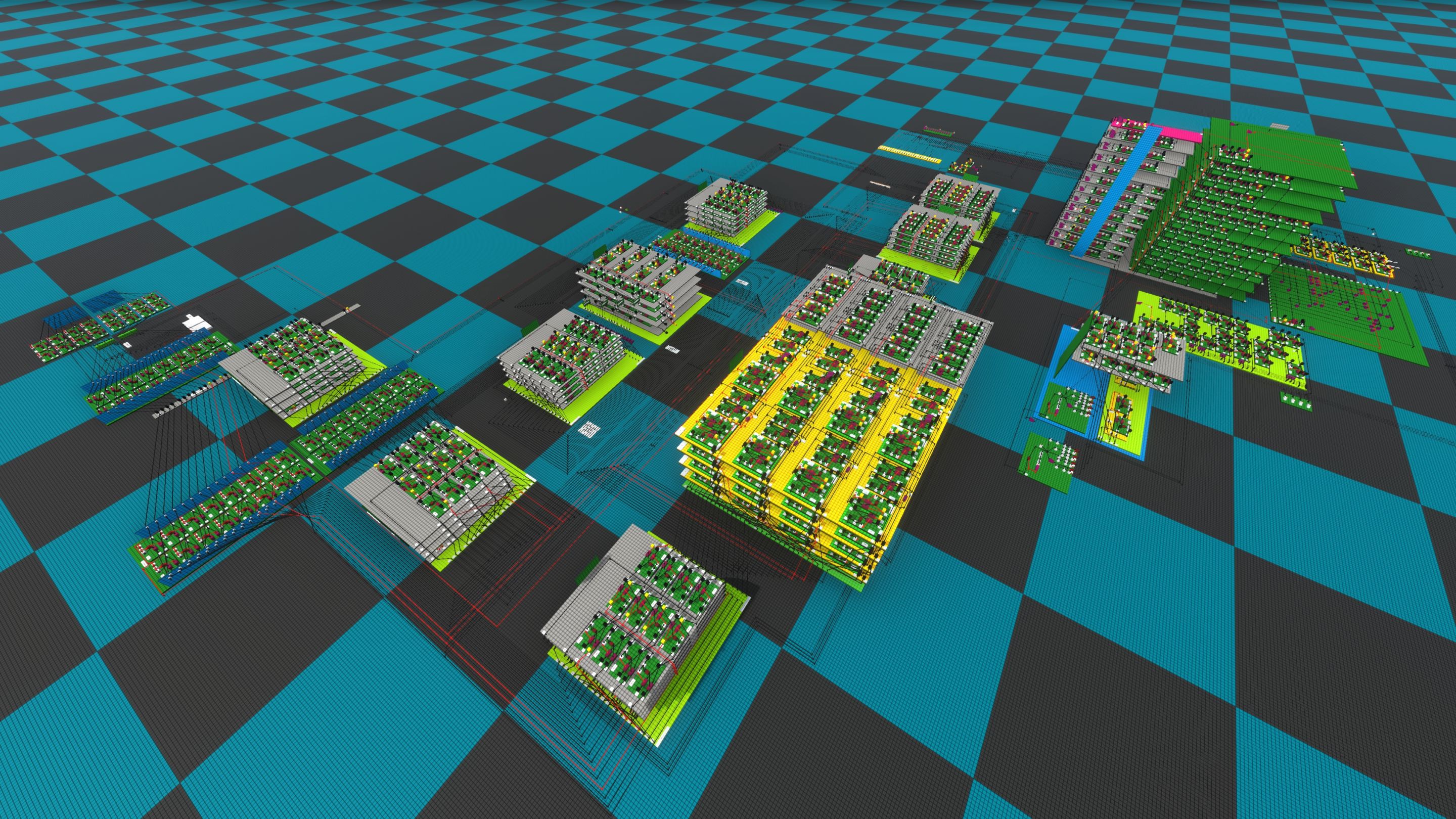
Circuit diagram
The complete system circuit diagram is avaliable in the download section.
The software simulation:
To check if the command set of the CPU is useful, a software simulation using an Excel macro was developed. Using this macro it is possible to step through the code, watch registers and memory and to go forward until a breakpoint. The following picture shows the simulation with an program which multiplies two numbers using shift operations.
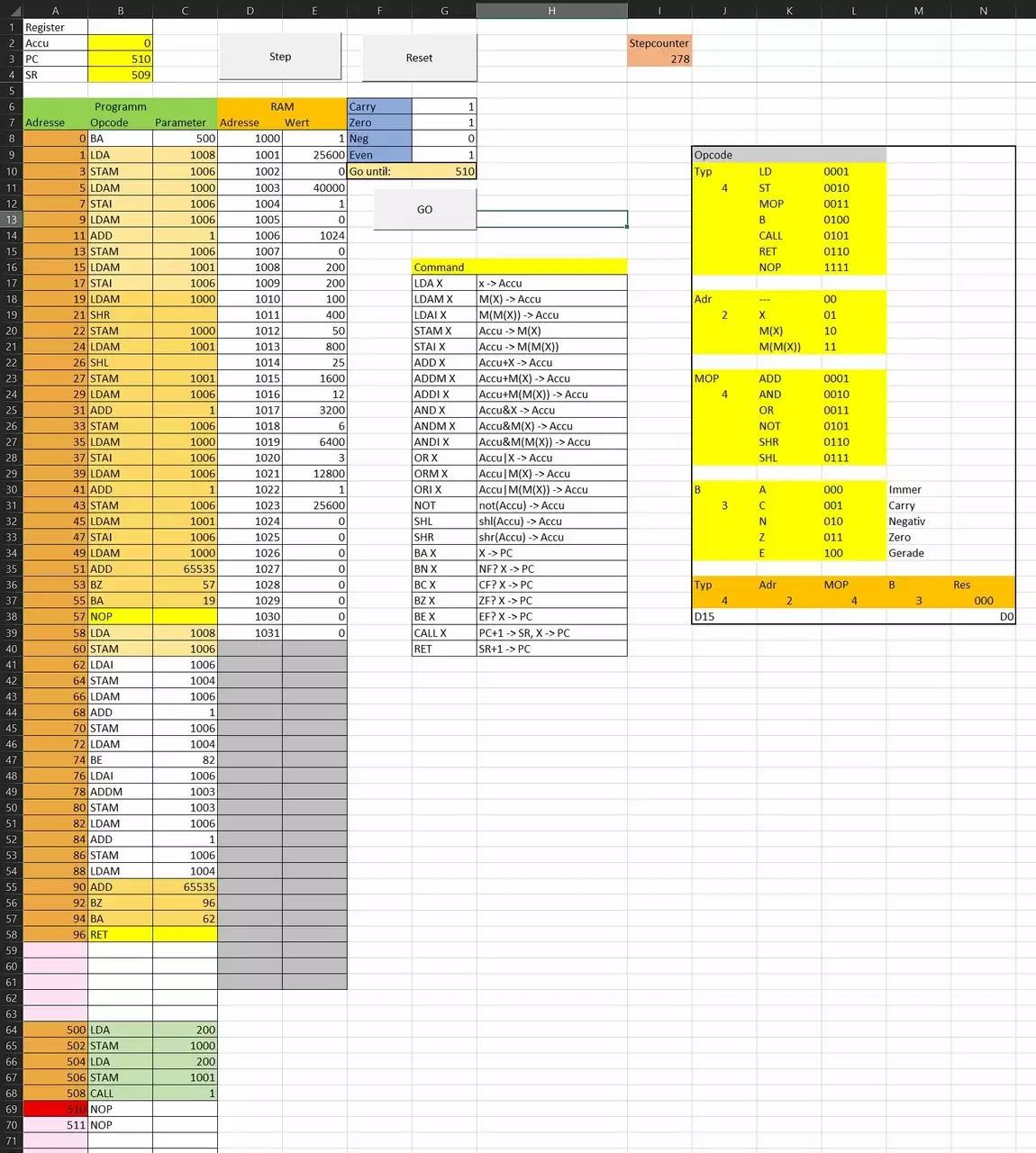
 Peter
Peter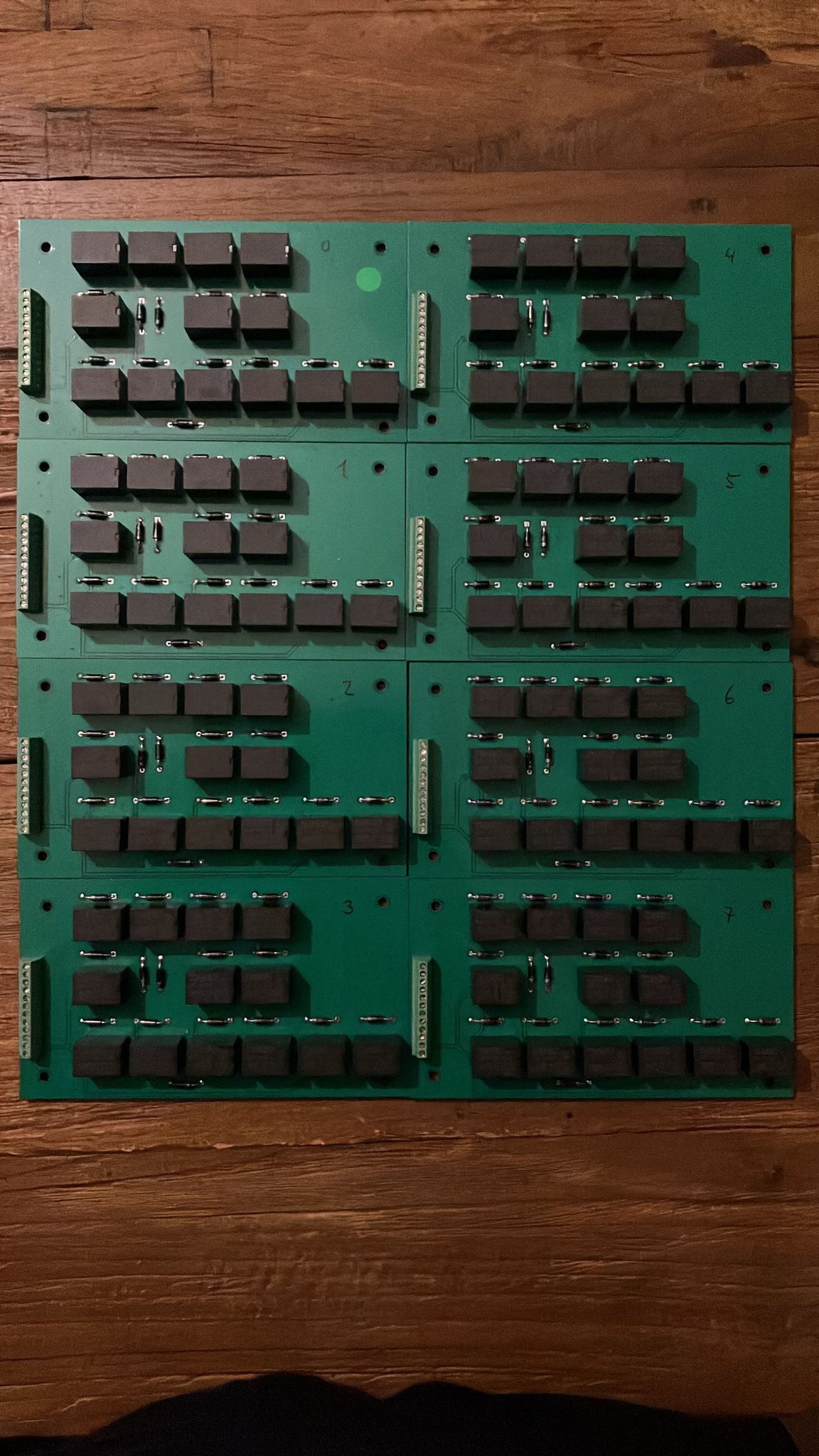
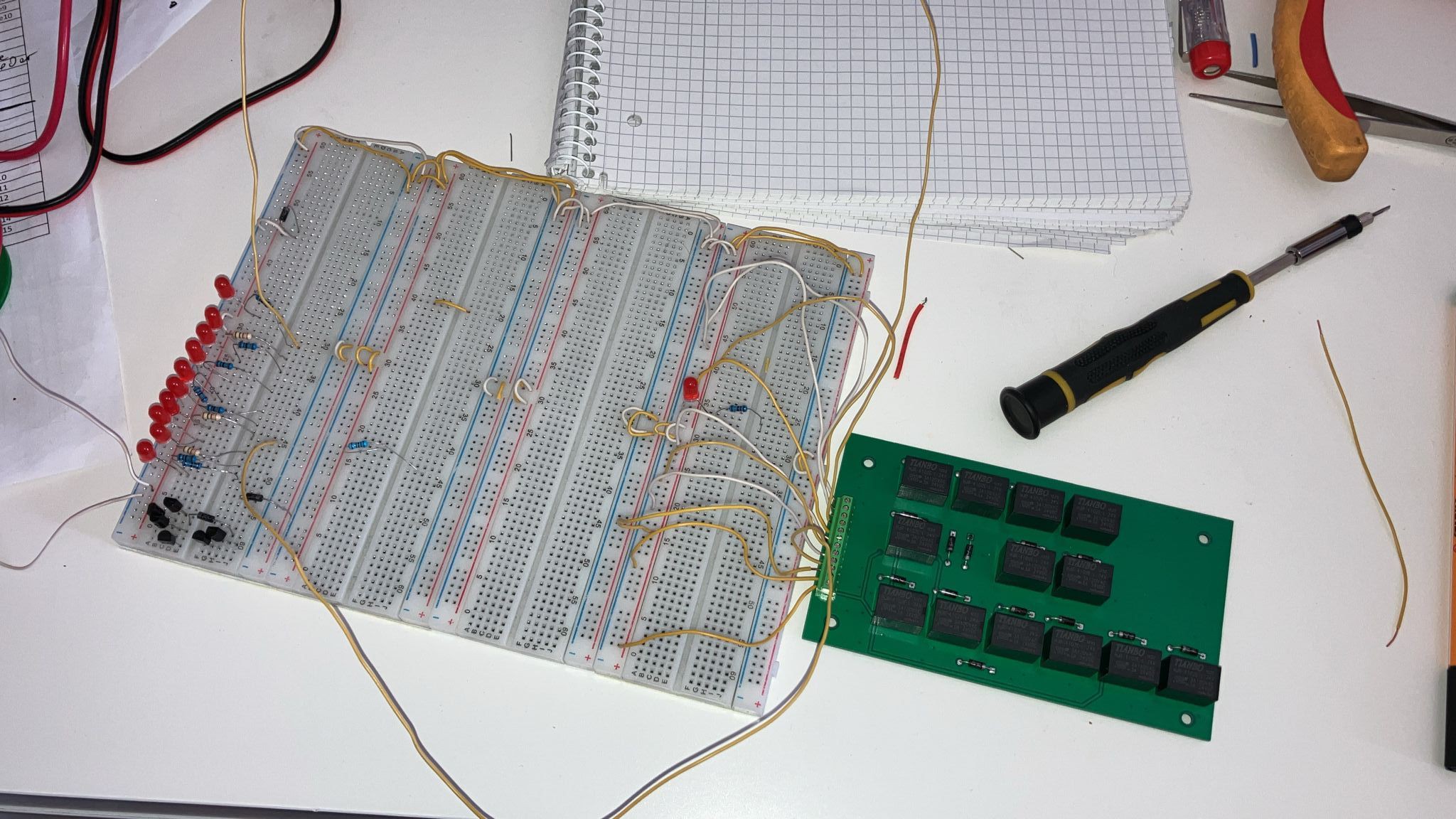
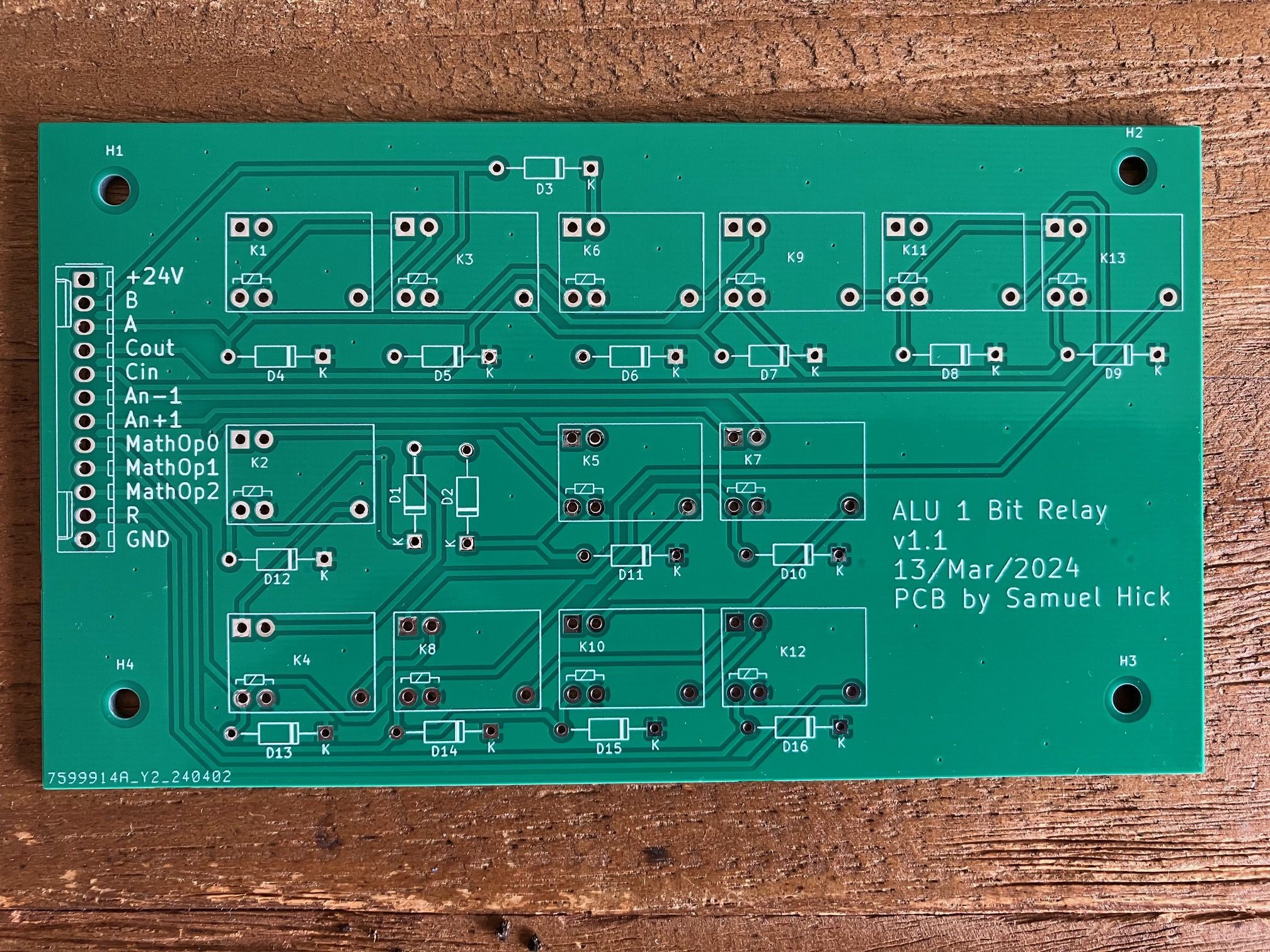
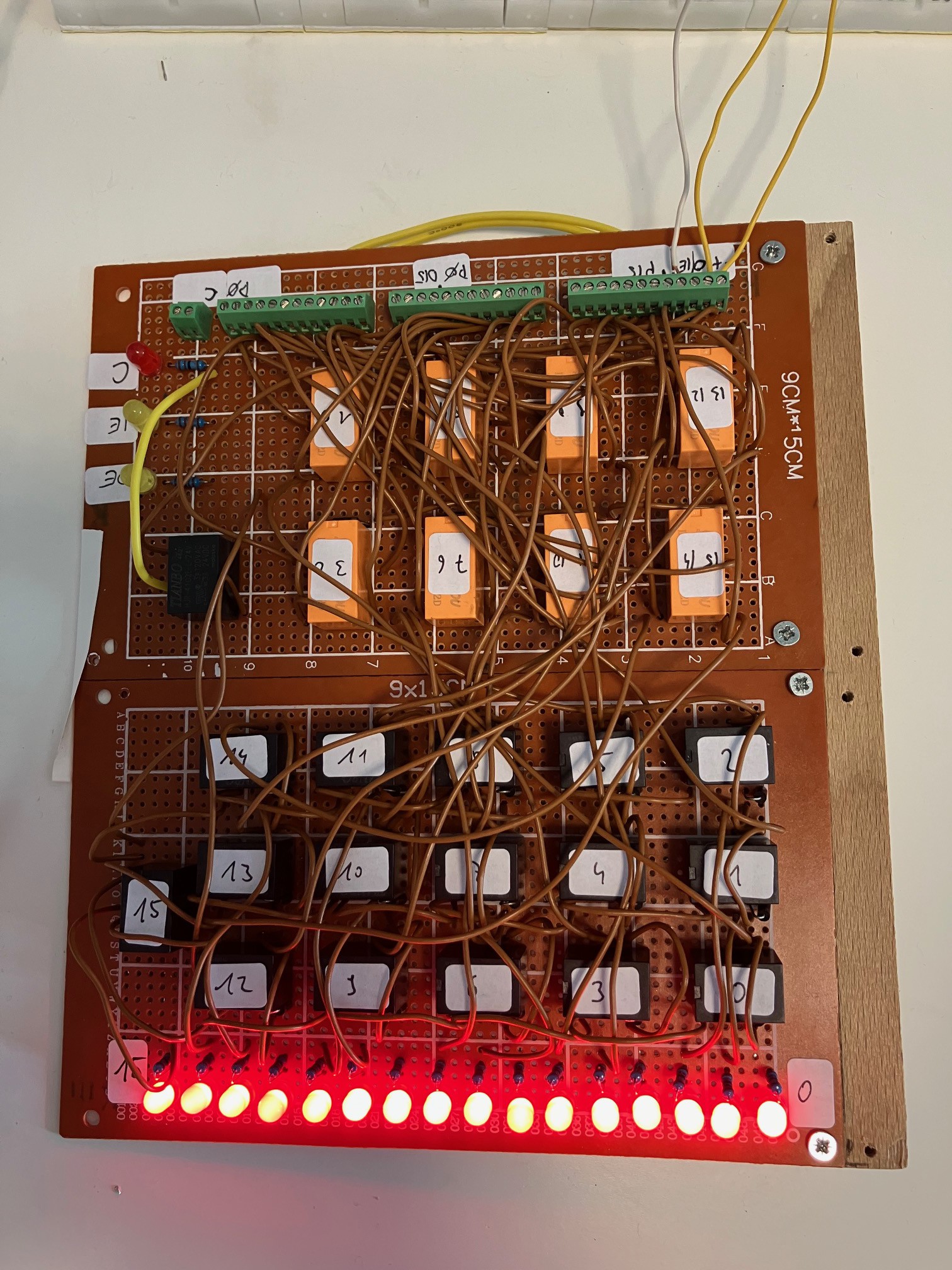
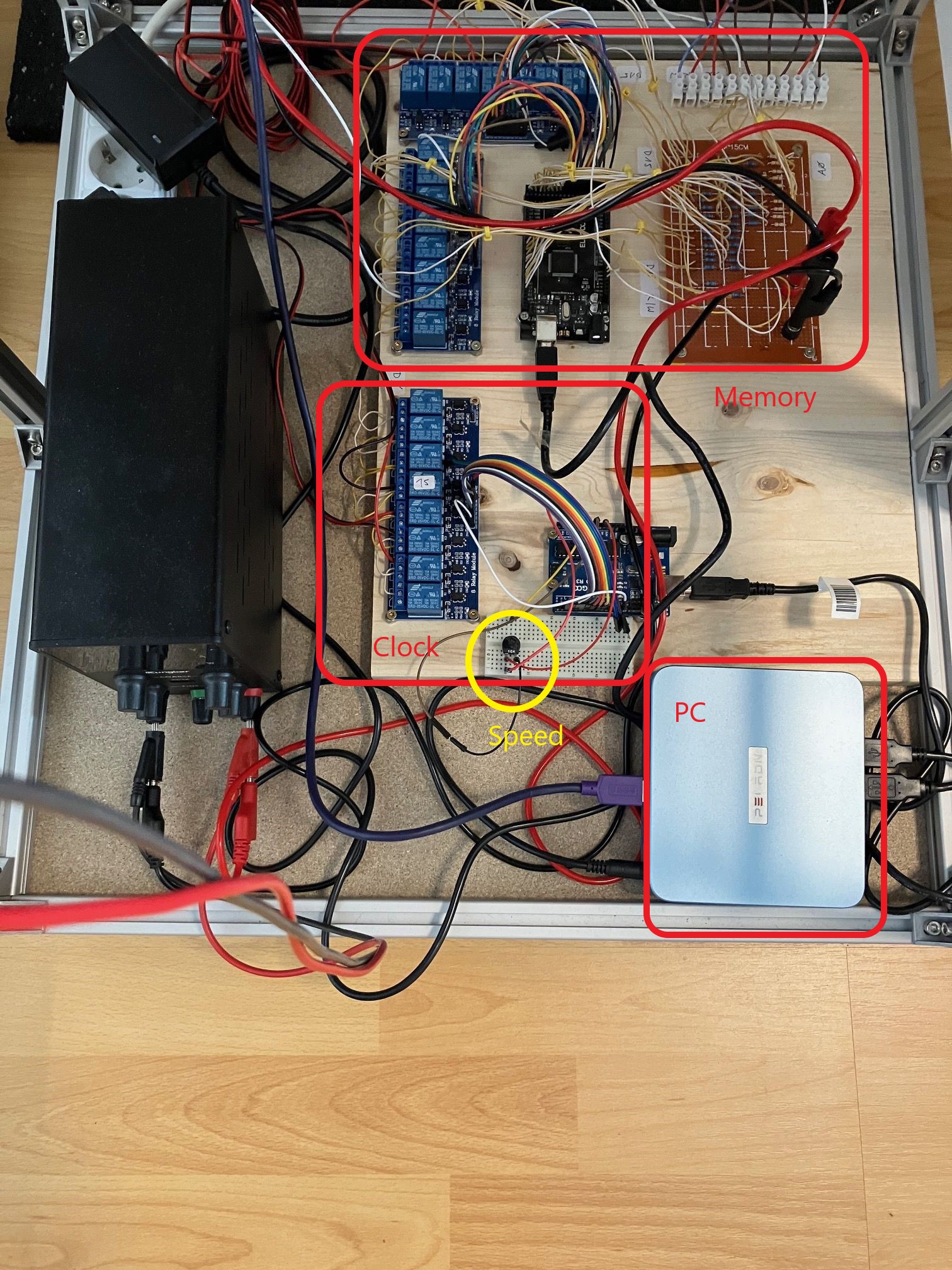
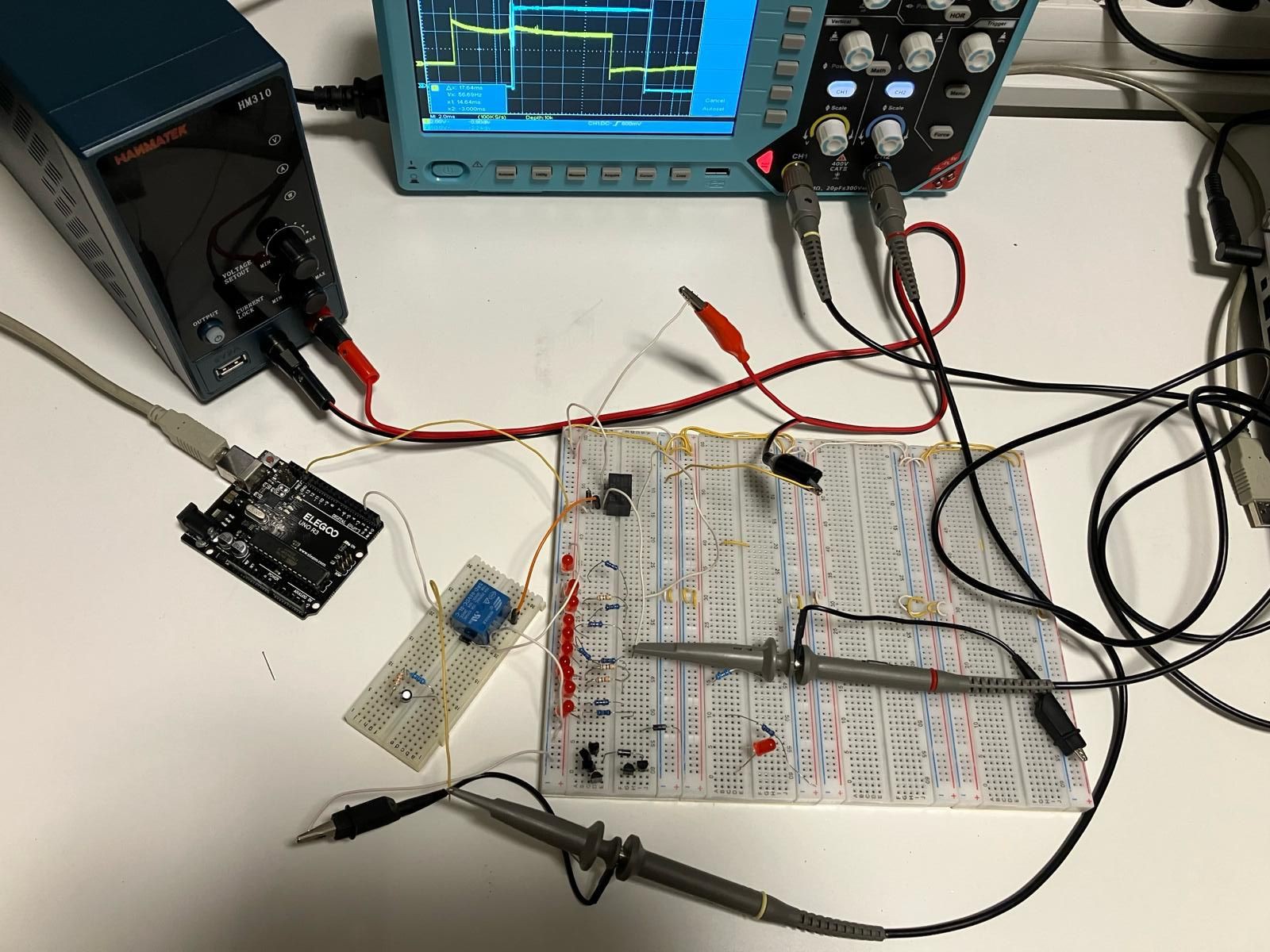
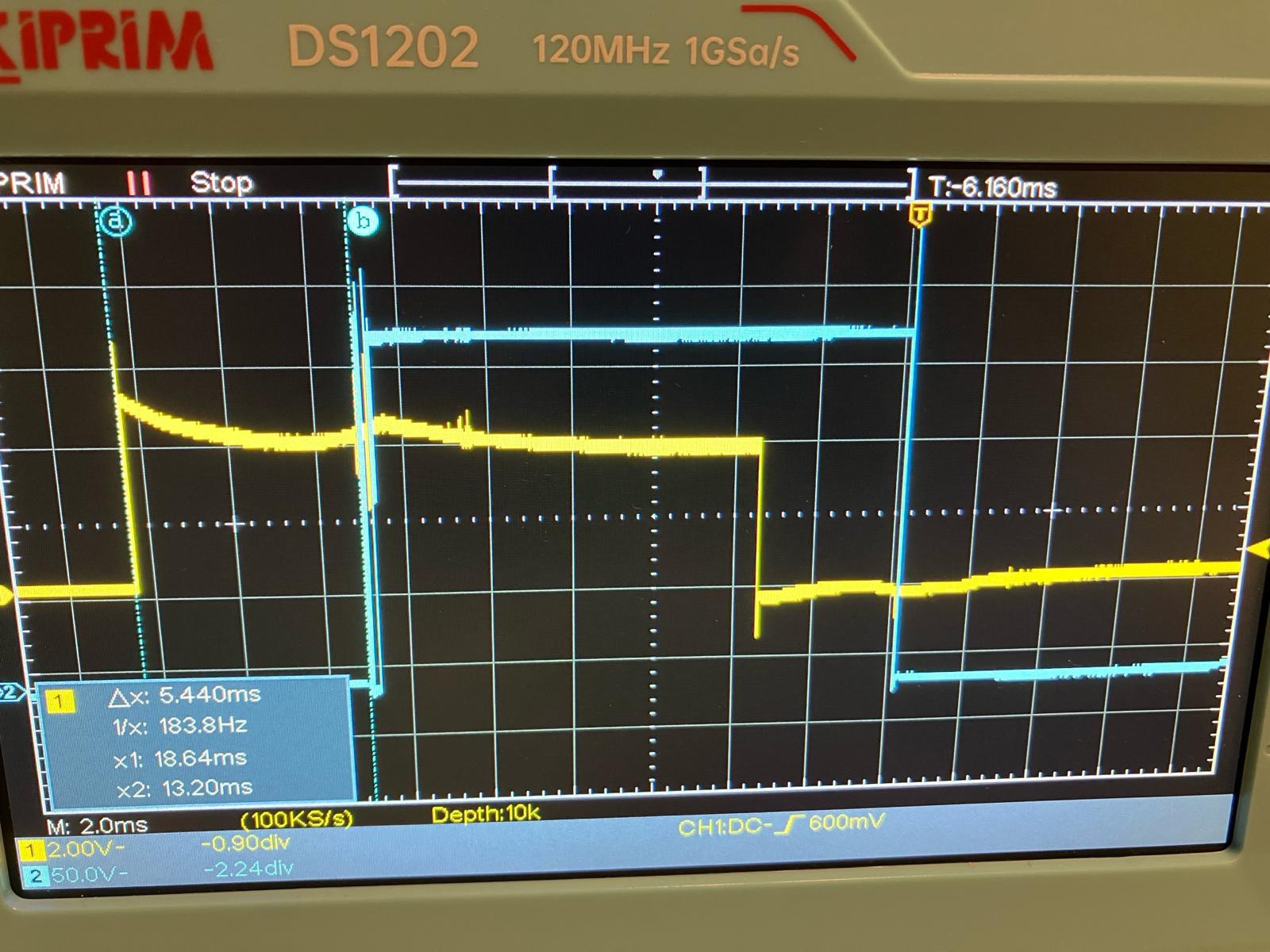
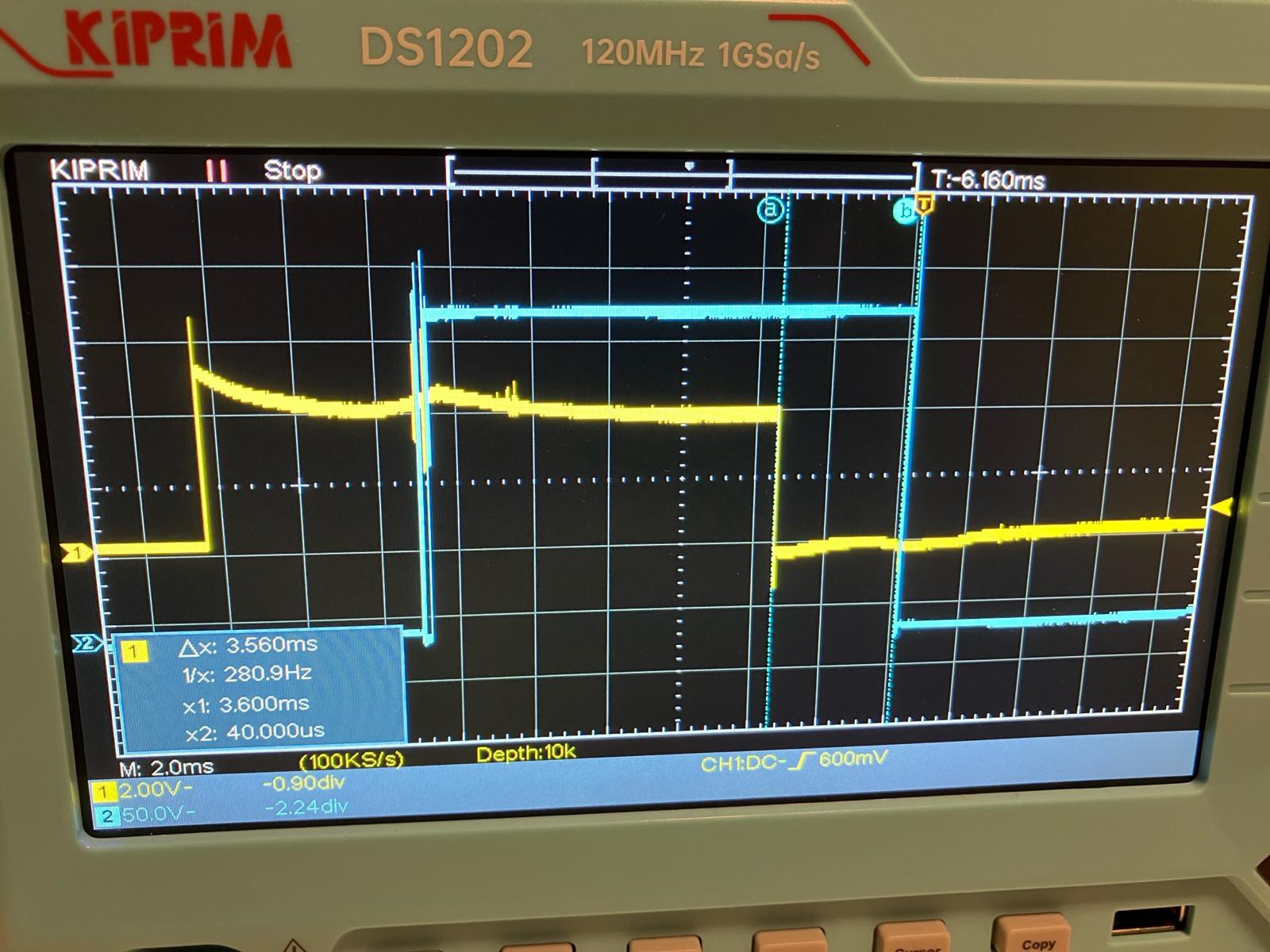
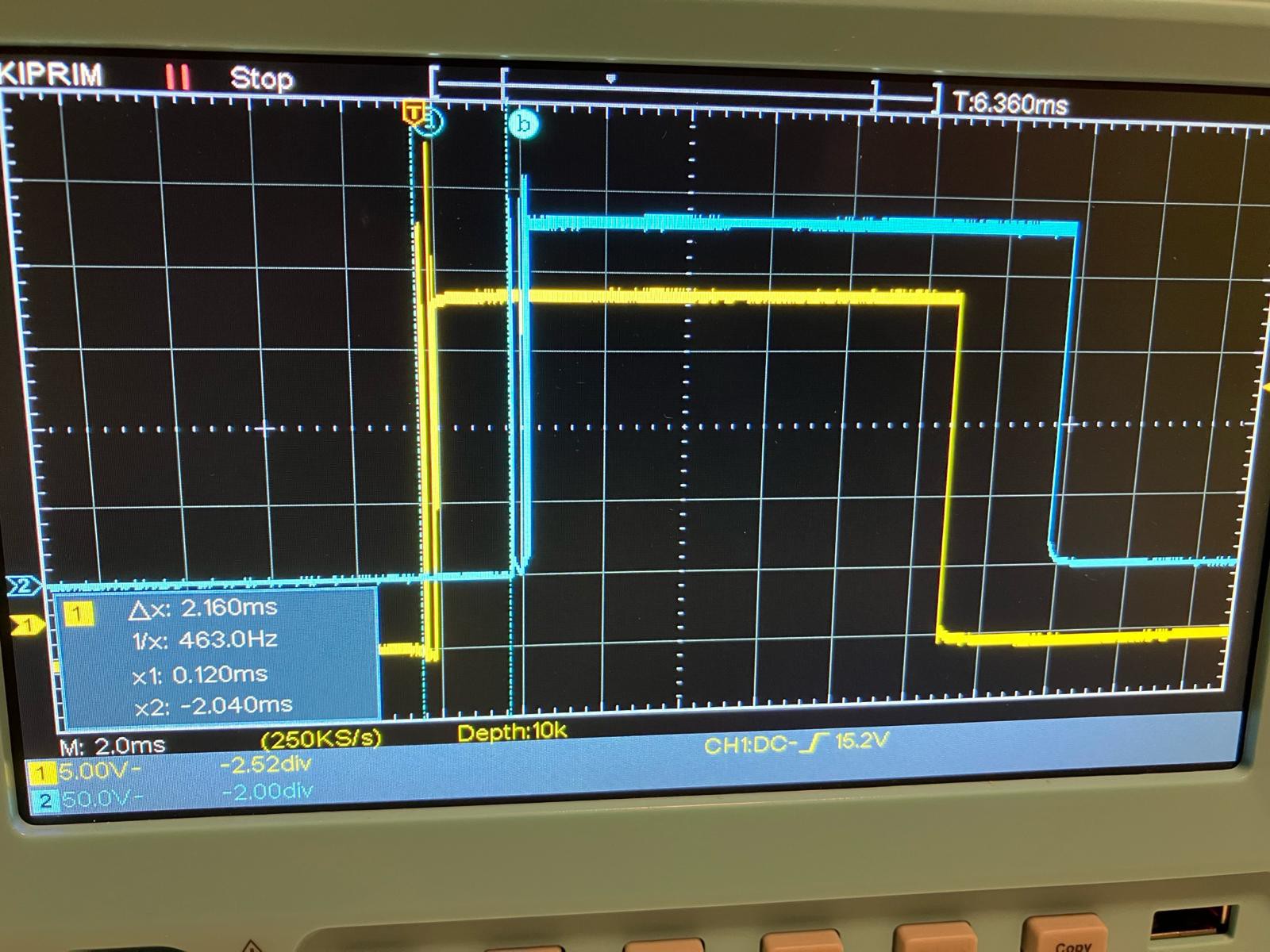
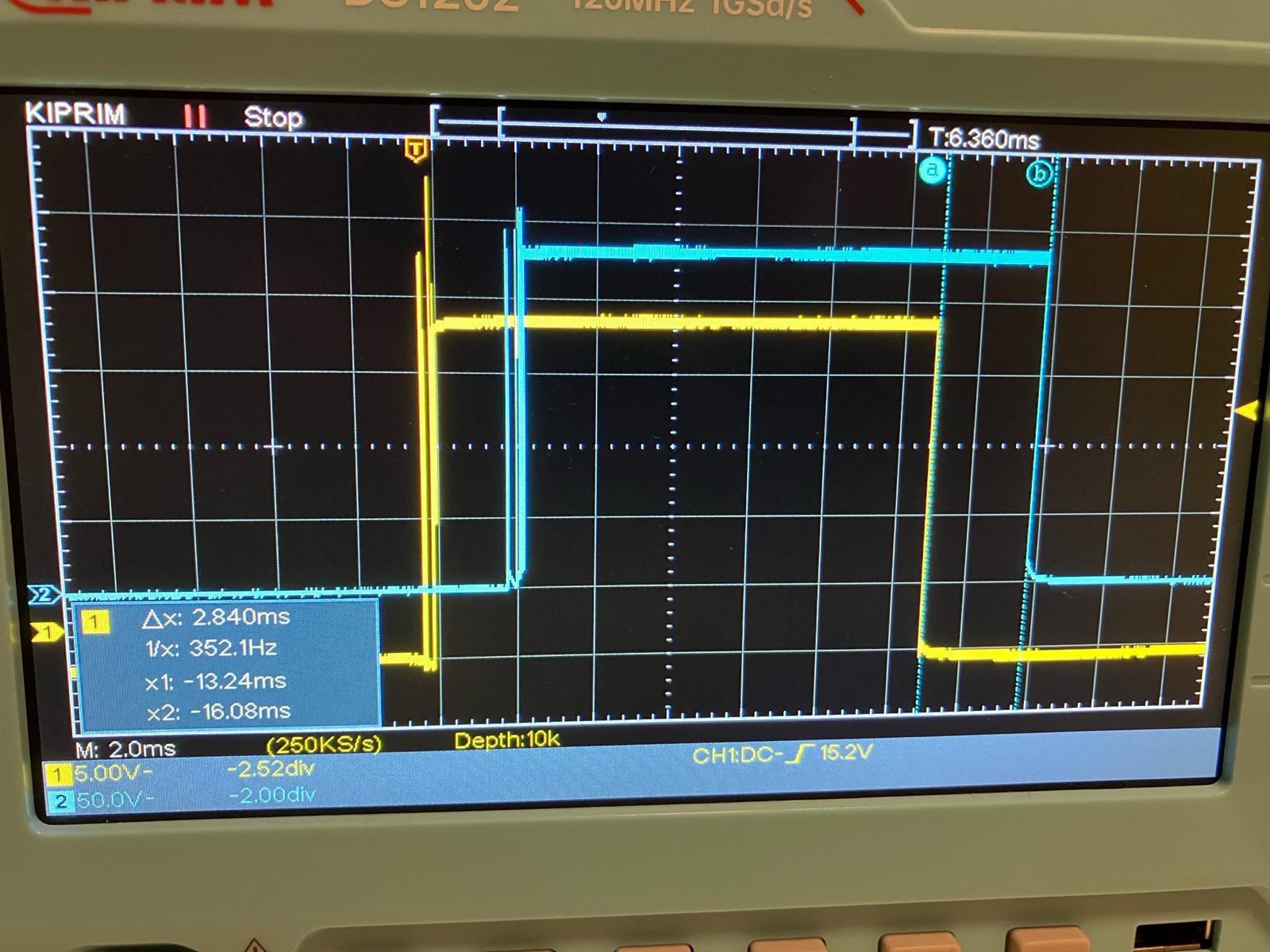
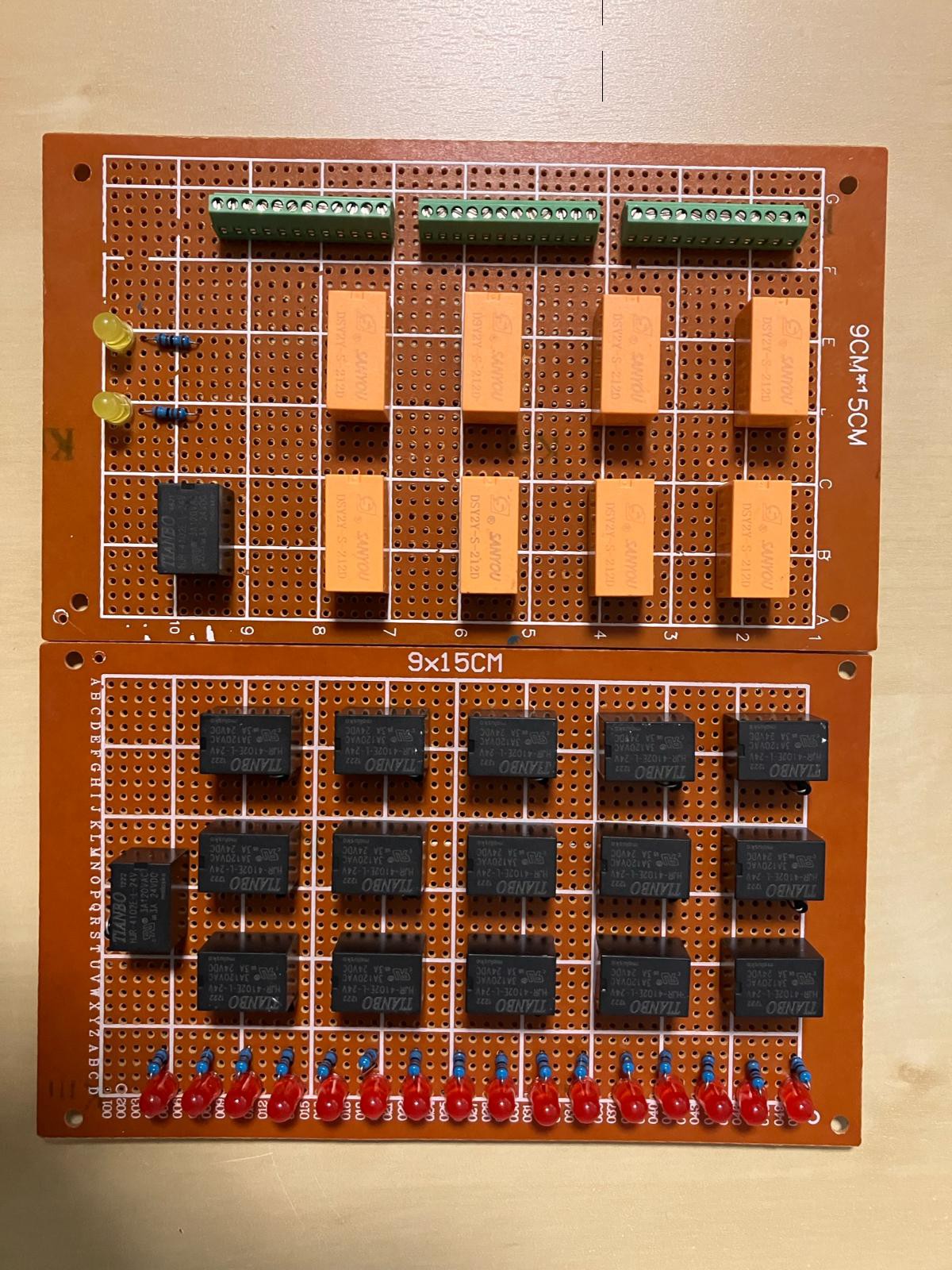
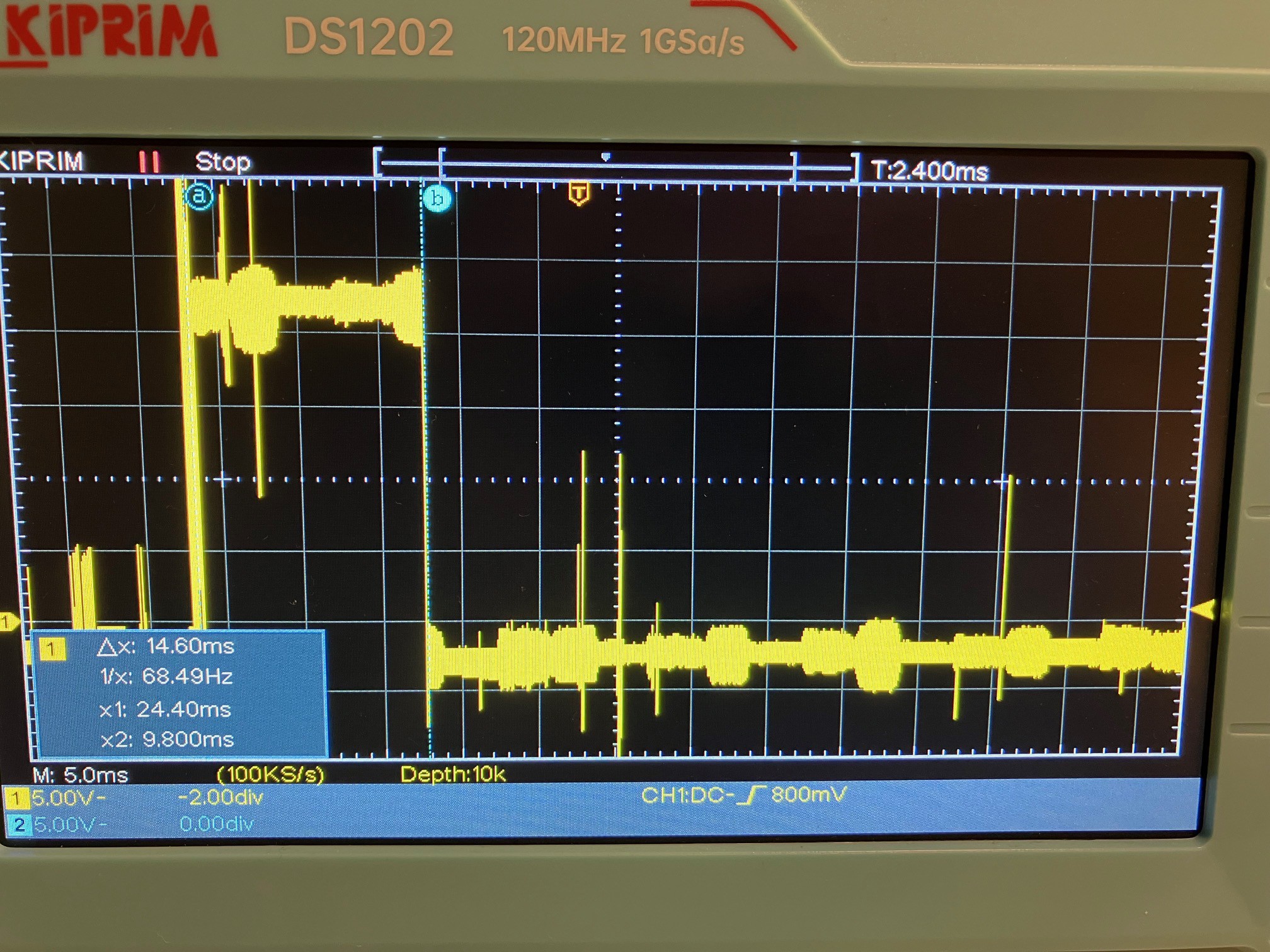
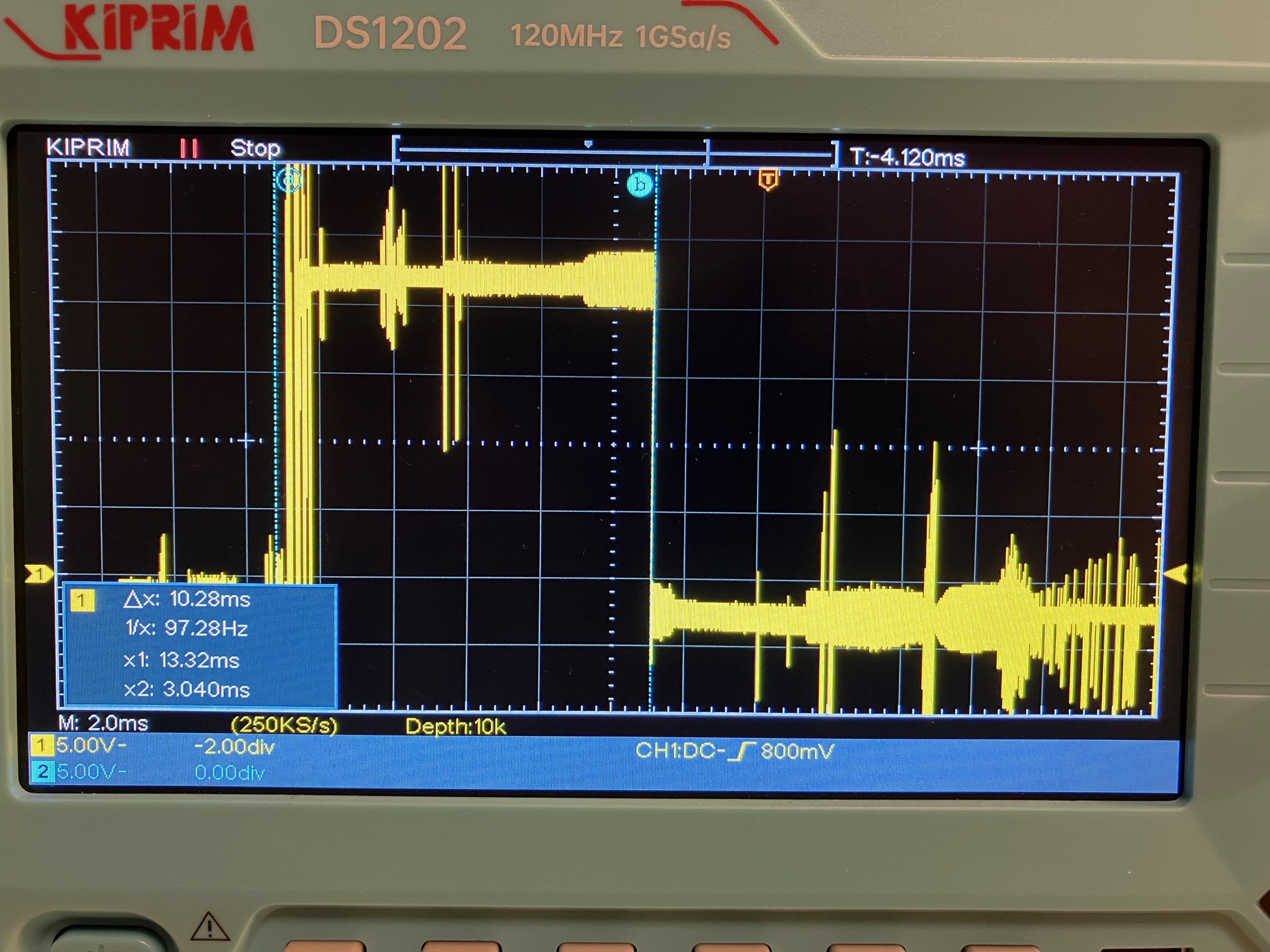
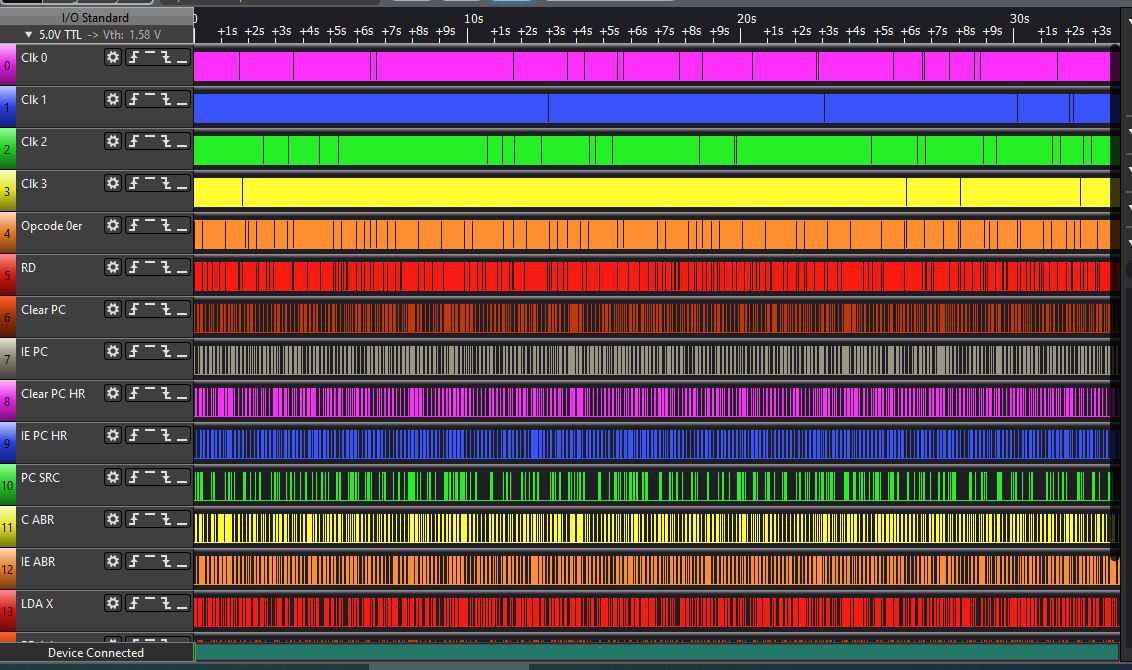
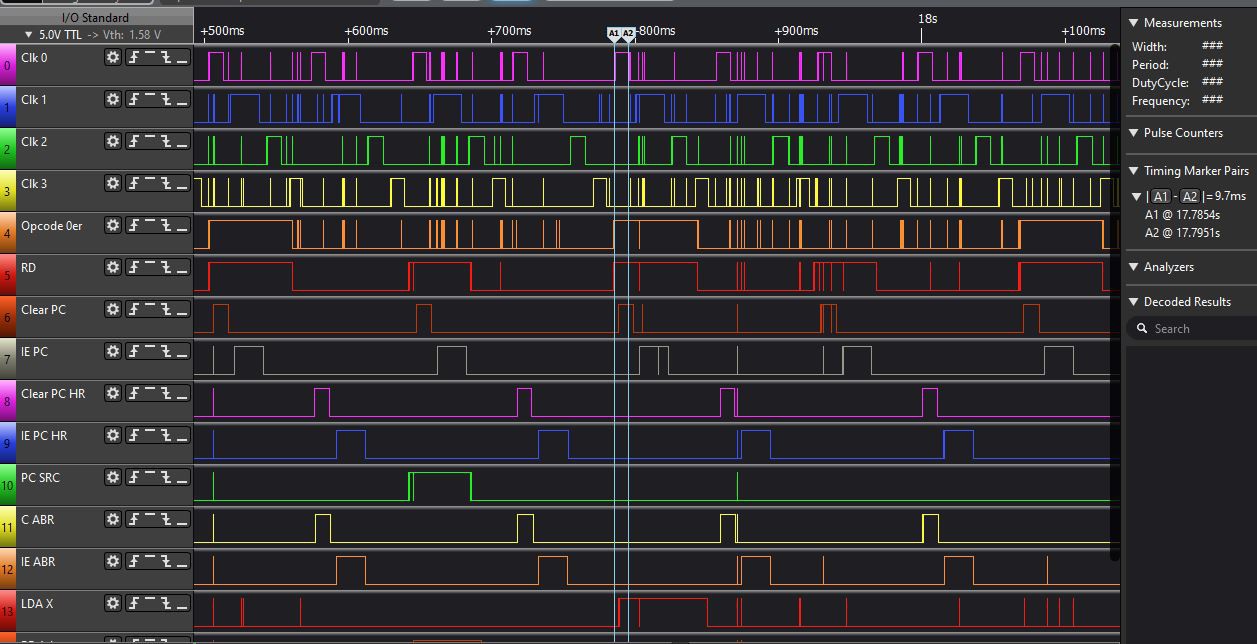

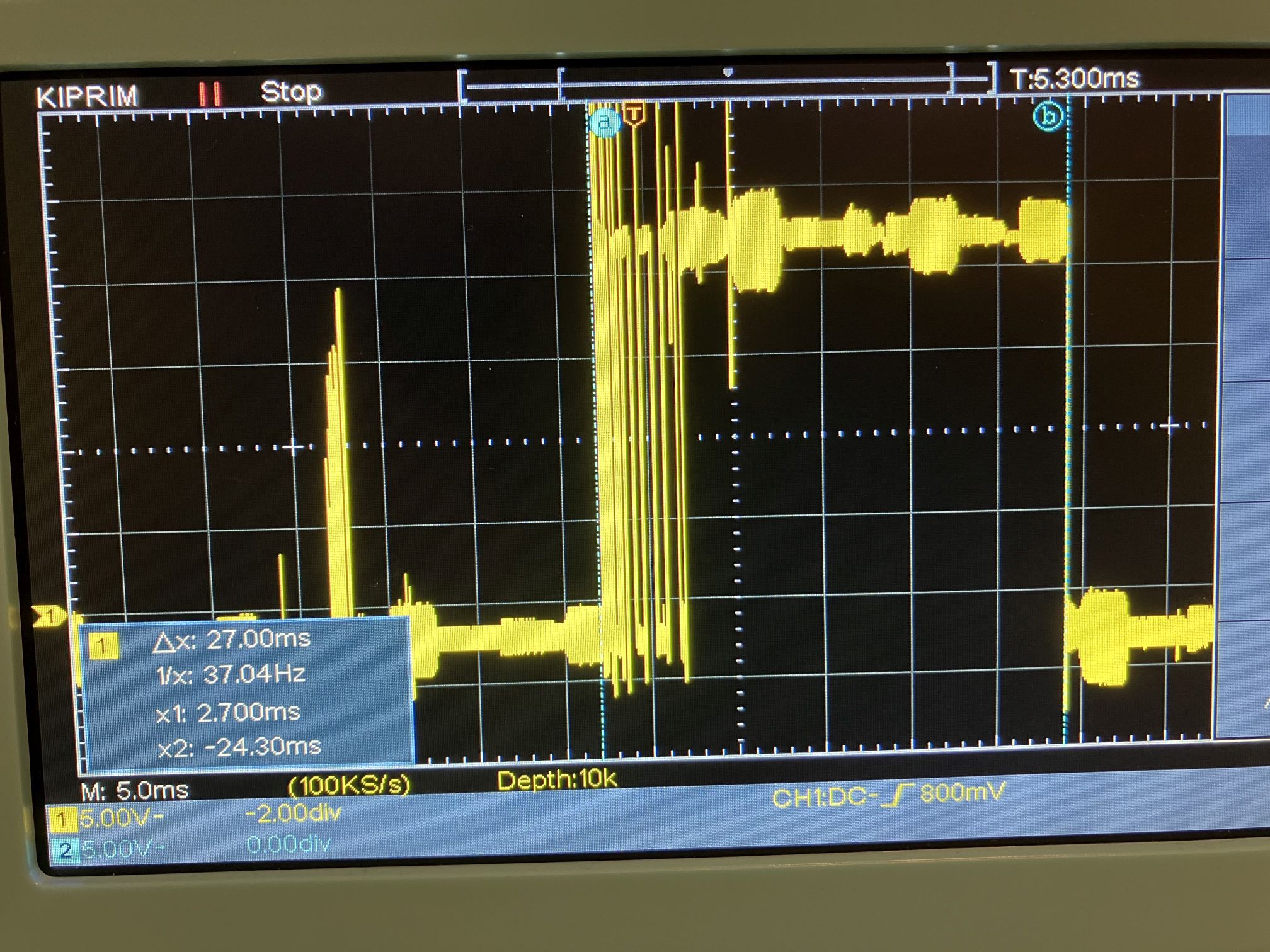

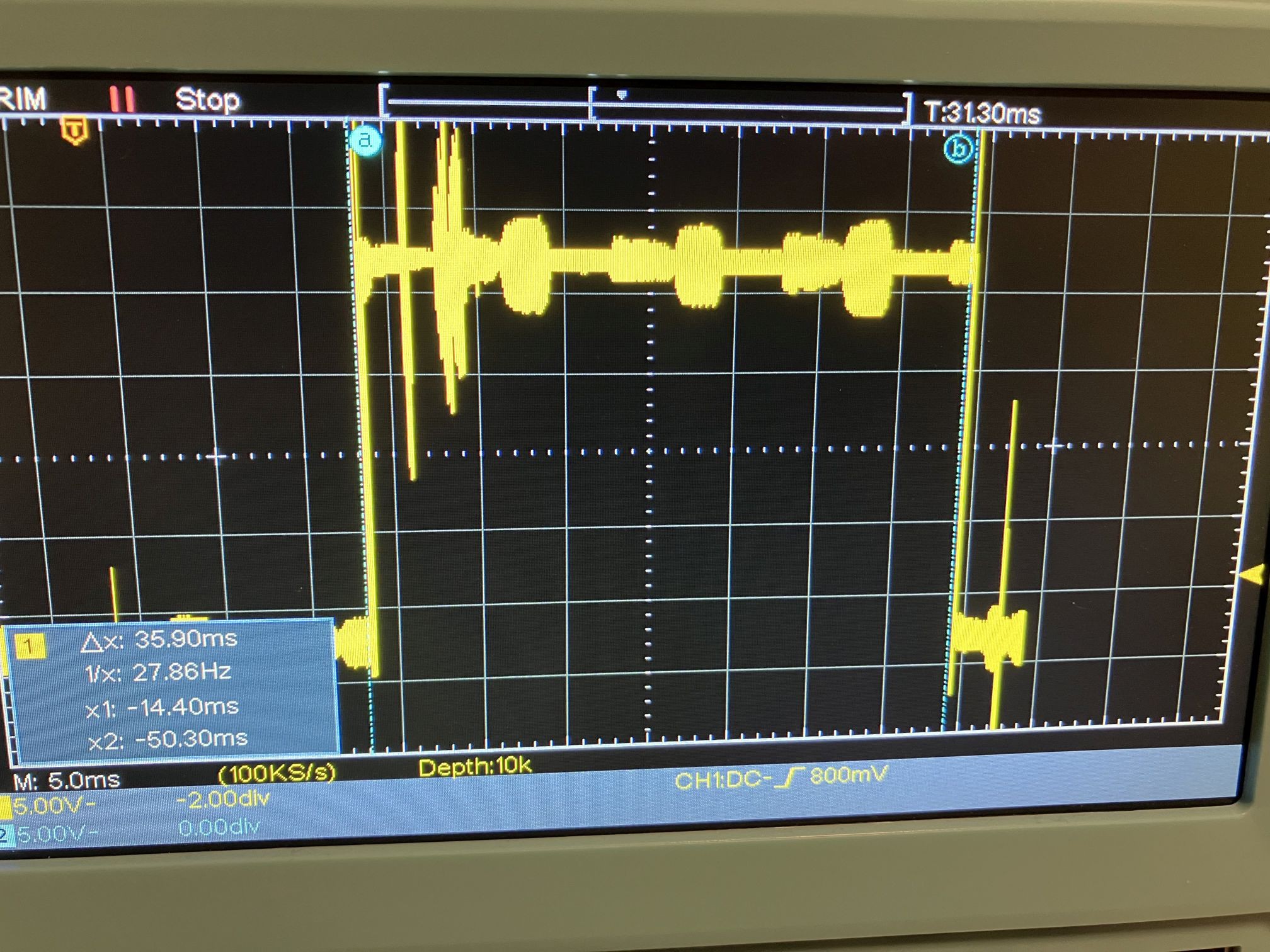

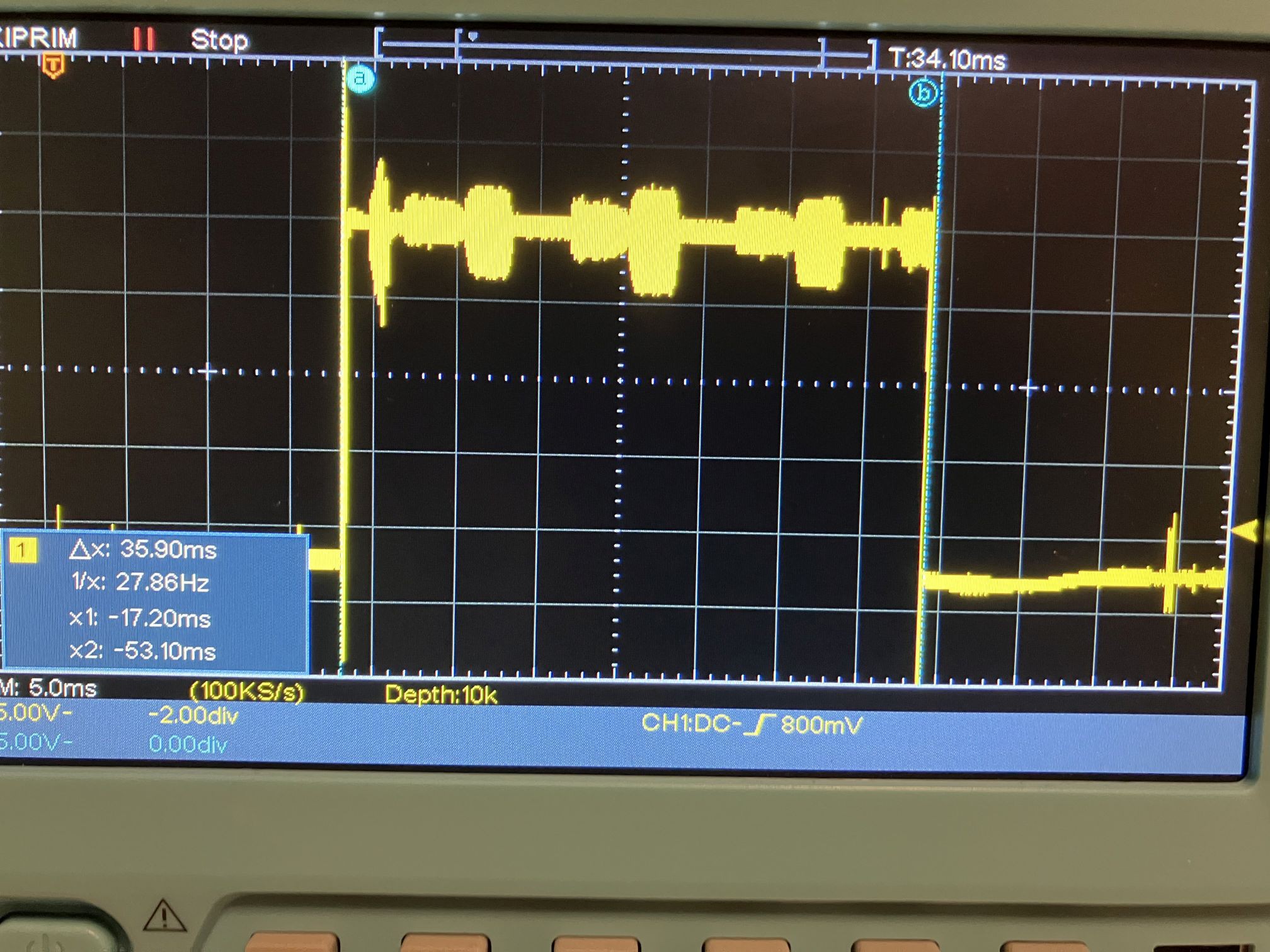

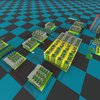
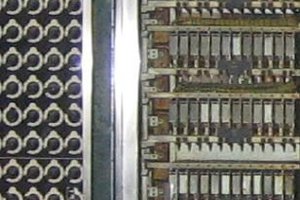
 Stefano
Stefano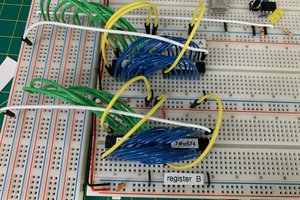
 Brandon Reinhart
Brandon Reinhart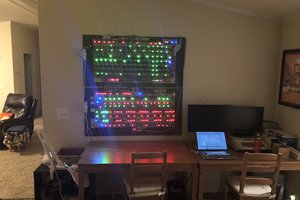
 spudfishScott
spudfishScott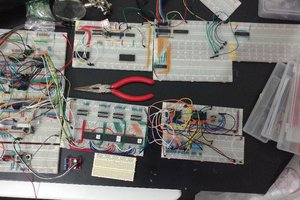
 Andre Baptista
Andre Baptista
👍 I commend you on your persistence with this epic project. I'm sure it will be a classic work when it's done. Looking forward to seeing that.